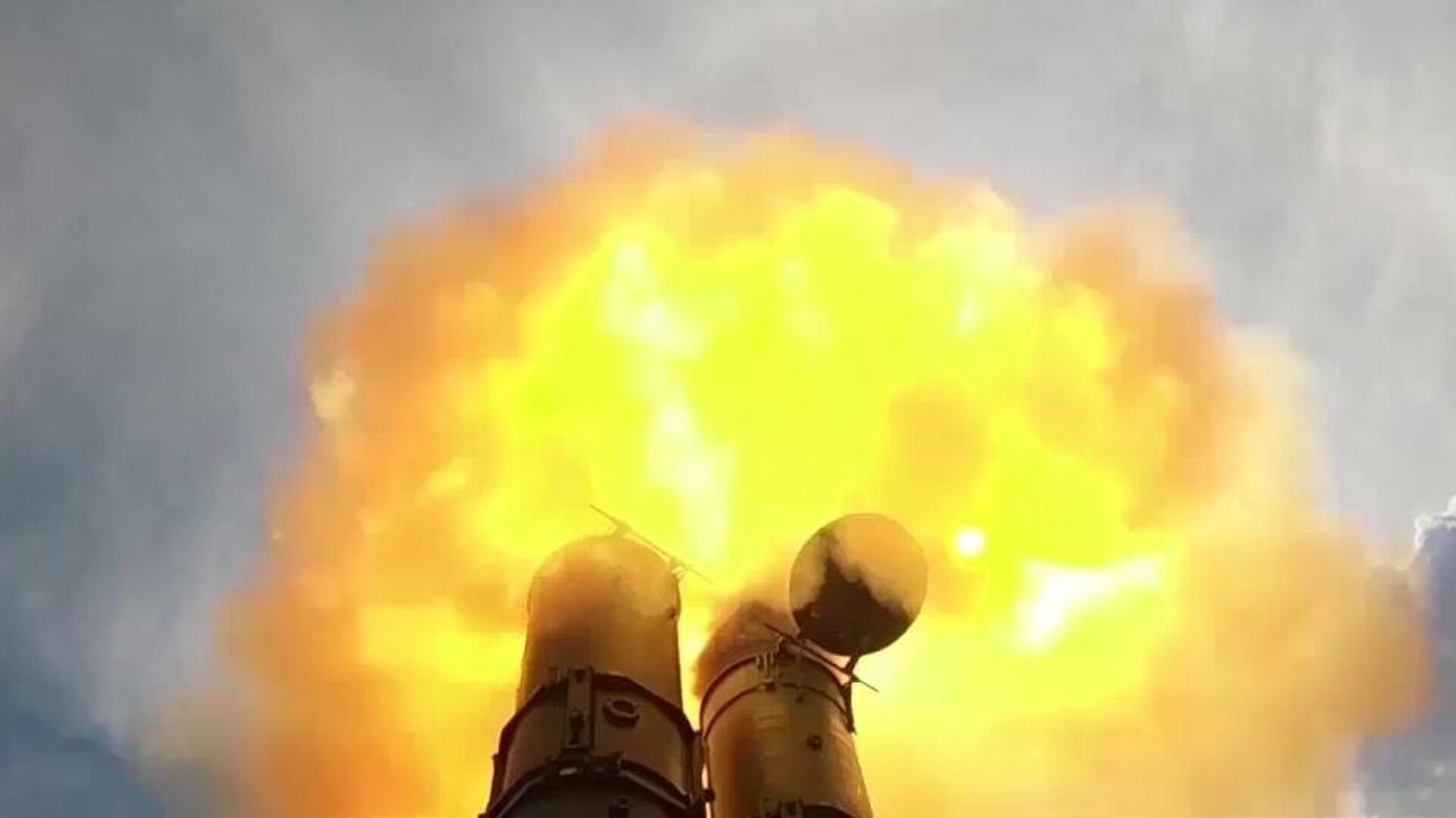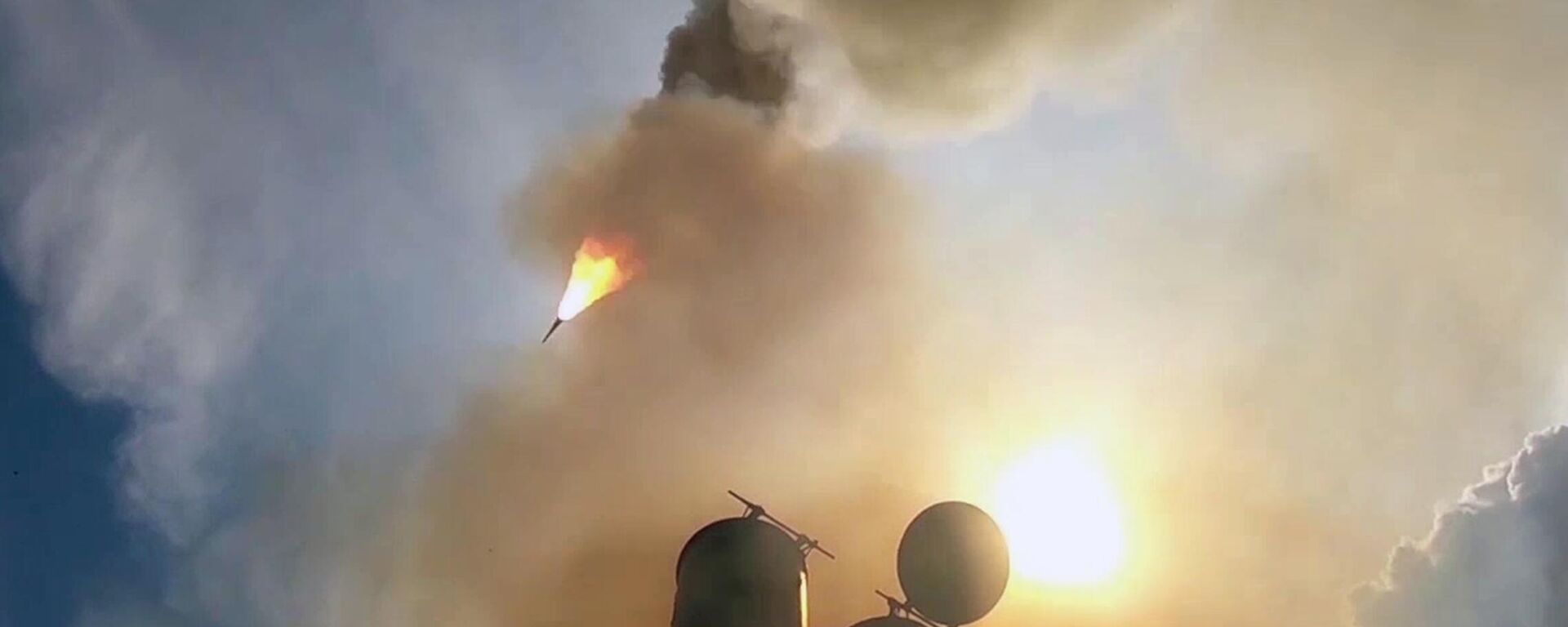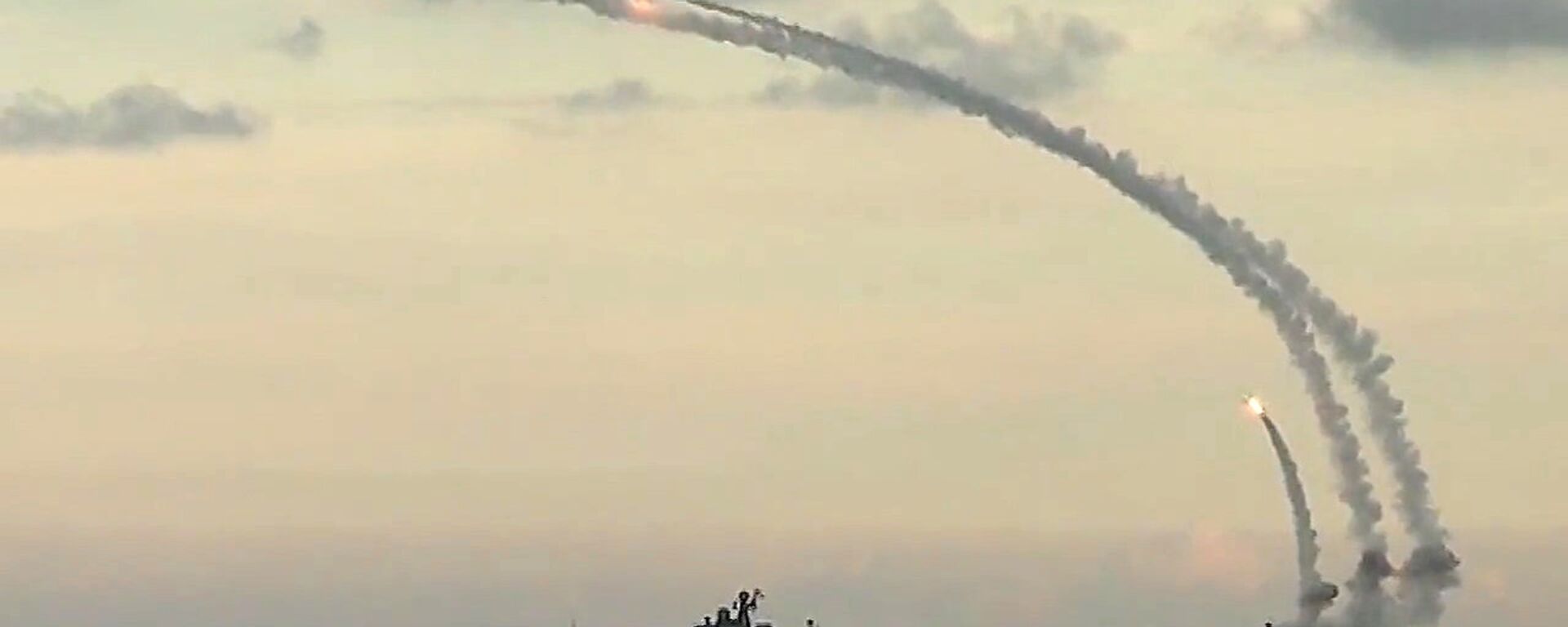What's Russia’s Secret Defense Against Ballistic Missile Threat?

© Sputnik / РИА Новости
Subscribe
The topic of effective defense against ballistic threats gained fresh relevance after the US greenlit Ukraine's use of ATACMS missiles against targets deep inside Russia, which prompted Moscow to counter with the introduction of a new hypersonic ballistic missile. What tools does Russia have to protect against this particular class of weapon?
The NATO-fueled proxy war against Russia in Ukraine witnessed a dramatic escalation last week after the Biden administration quietly approved its ATACMS tactical ballistic missiles' use against strategic targets in Russia. Britain and France followed suit by allowing Kiev to use Storm Shadow and SCALP cruise missiles for the same purpose.
The Washington-based Institute for the Study of War think tank compiled a list of 200 sites said to be in range of the ATACMS, among them airports, ammo depots and HQs. The Russian military has reported downing multiple ATACMS and Storm Shadows since last Sunday, when news of Washington's approval on the weapons' use was first publicized.
Russia responded to the provocation by test firing its new Oreshnik missile at a defense enterprise in Dnepropetrovsk, Ukraine, with the new intermediate-range hypersonic ballistic missile reportedly capable of traveling at speeds up to Mach 10, and hitting targets nearly anywhere in continental Europe.
President Putin warned in a televised address discussing the Oreshnik's deployment on Thursday that Russia considers itself "entitled to use our weapons against the military facilities of those countries that allow their weapons to be used against our facilities," and that "in the event of an escalation or aggressive actions, we will respond equally decisively and symmetrically."
Putin previously indicated that Kiev could not independently use its NATO-provided long-range missile systems without intelligence and other assistance from the alliance, and that consequently, such weapons' deployment would put the bloc in a technical state of war with Russia.
What Defense Against Ballistic Missiles Does Russia Have?
Russia has “an entire system” in place “that instantly reacts to any change in the air threat situation,” Lt. Gen. Aytech Bizhev, former Russian Air Force deputy commander of the CIS Joint Air Defense System, told Sputnik, commenting on the means Moscow has at its disposal to counter the NATO ballistic missile threat.
The successful 1987 anti-ballistic testing of an S-300 variant known as the S-300V laid the groundwork for further improvements, with S-series systems subsequently tested “on proving grounds and in all manner of exercises” and demonstrating a proven ability to handle all manner of ballistic threats, Bizhev said.
S-300V: Adopted in 1988. Upgrade to the S-300 long-range surface-to-air missile system first fielded in 1978. Range against ballistic targets: 30-40 km.
S-400: Developed through the 80s and 90s, introduced in 2007. Detects ballistic targets up to 200 km away, destroys them at ranges up to 60 km.
S-500: Russia’s latest mobile SAM/ABM system. Fielded in 2021. Able to detect targets up to 600 km away, destroy them up to 200 km away.
A-135 Amur and A-235 Nudol: Silo-based dedicated missile defense interceptors designed to target ballistic, hypersonic and space-based threats (the S-500 also has this capability). In service since 1995 and 2019, respectively. Detection range up to 6,000 km using Don-2N early warning radar. Estimated firing range: 350-900 km.
Tor: Short-range missile system fielded in 1986. Designed primarily for use against aircraft, helicopters, cruise missiles and drones, but includes capability against short-range ballistic missile threats. Search and track range: 25 km. Firing range: Up to 16 km.
Buk: Medium-range missile system developed in the late 70s but seeing multiple modifications to its missiles, radar and command post equipment to keep it modern. Anti-ballistic missile capability achieved in the late 1990s. Capable of engaging tactical ballistic missiles, cruise and anti-ship missiles at ranges of 3-20 km, and an altitude up to 16 km.
“Air defense systems are between five to ten years ahead of the attack means they’re designed to protect against," Bizhev said, noting that the USSR began finalizing work on its first anti-ballistic missile capabilities in the late 1980s, as NATO began to deploy a new generation of high-precision ballistic weapons. Initially, the mission of Soviet (and since 1991 Russian) anti-ballistic missile defense was to ensure the defense of Moscow, Moscow region and the central industrial regions.
The secret to Russia’s air and missile defense capabilities is effective echeloning, the former commander said, recalled that going back to WWII, echeloned air defenses around Leningrad and Moscow allowed the cities to avoid the heavy bombing damage suffered by Western European cities during the war.
Today, “these are not just local groups” of air defenses, “but an entire system that instantly reacts to any change in the air threat situation,” Bizhev explained. “This includes radio-electronic countermeasures, air cover by fighter jets, echeloned air defense in cooperation with the Ground Forces’ air defense units…which are all under the unified control of Russia’s Aerospace Forces command.”
"Everything is under the strict control of radar. Everything that flies is visible in the situation centers, from command posts of a radar company to the central command post of the General Staff," the senior officer said.




